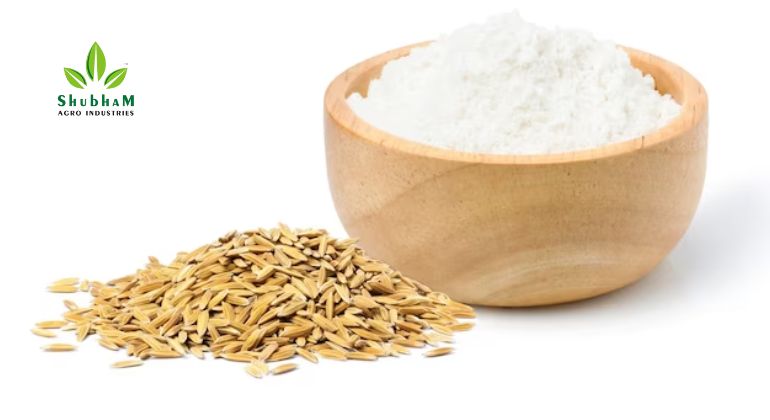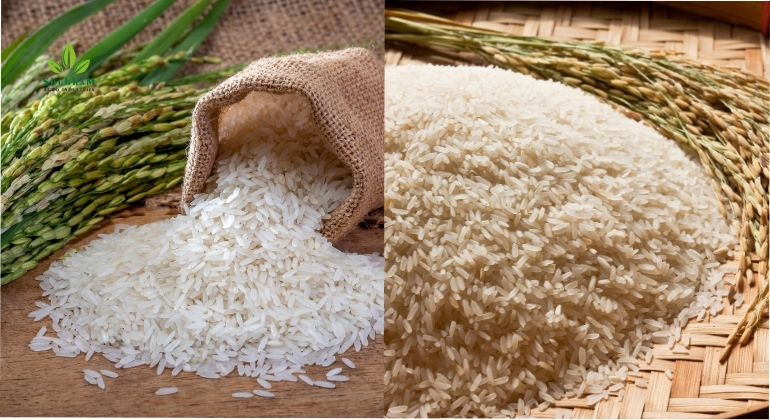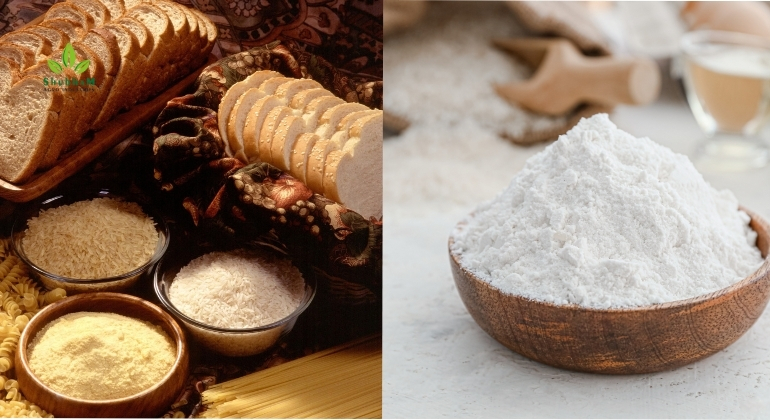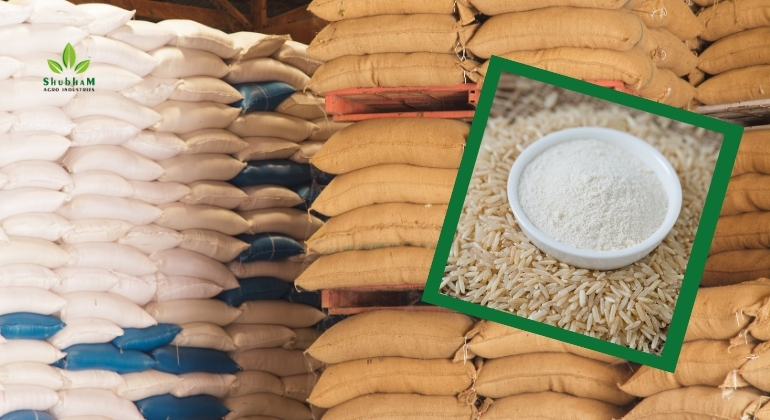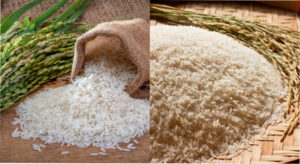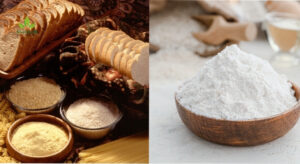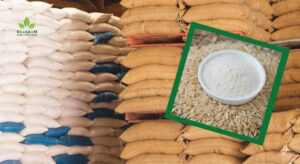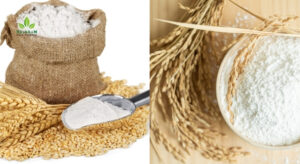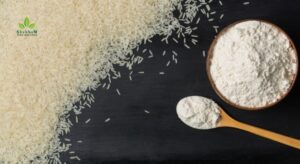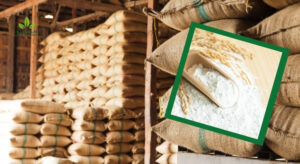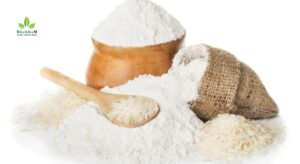Does Rice Flour Work Well in Gluten-Free Baking?
Recent years have seen a change in the baking industry, with a focus on gluten-free options. Finding the ideal flour alternative may be a game-changer for people who are gluten-sensitive or intolerant. Rice flour is one such gluten-free hero. We’ll discuss the benefits of rice flour in gluten-free baking in this blog article and why it’s a great option for both novice and experienced bakers.
Understanding Gluten-Free Baking
Traditional baking’s elastic texture and structure are a result of the protein gluten, which is present in wheat, rye, and barley. Consuming gluten can result in a number of health problems for people who have celiac disease or gluten sensitivity. Without using gluten, gluten-free baking attempts to mimic the structure and feel of conventional baked items.
The Versatility of Rice Flour
Rice is finely ground to produce rice flour, a gluten-free flour. It comes in a variety of forms, such as white rice flour and brown rice flour. Here are some reasons it’s a great option for baking without gluten:
- Neutral Flavour: Because of its mild, neutral flavour, rice flour may be included in a variety of dishes without dominating other components.
- Texture Magic: Rice flour is a great option for creating the appropriate texture in baked goods due to its finely milled nature.
- Non-Allergenic: Since rice flour is hypoallergenic and less likely to trigger allergies or sensitivities, many people feel comfortable using it.
- Gluten-Free: It is ideal for people who have celiac disease or gluten sensitivity because it is a naturally gluten-free choice.
Gluten-Free Baking with Rice Flour: Tips and Tricks
Here are some crucial pointers for properly incorporating rice flour into your gluten-free baking projects:
- Blend Flours: Blend rice flour with other gluten-free flours, such as tapioca flour, potato flour, or almond flour, for the best results. This mixture contributes to the texture and flavour being more evenly distributed.
- Xanthan Gum: Add a small quantity of xanthan gum to recipes that call for structure and elasticity (like bread) to replicate the binding effects of gluten.
- Experiment: To find the ideal ratio of flours to tastes, don’t be averse to experimenting with and modifying recipes. To get the best results, some trial and error may be necessary.
- Prevent Grittiness: Rice flour can occasionally have a gritty texture, but by pre-soaking it or purchasing premium, finely ground rice flour, you can minimise this texture.
- Liquid Control: Compared to wheat flour, rice flour frequently requires more liquid. Be ready to modify your recipes’ liquid amounts to get the desired consistency.Compared to wheat flour, rice flour frequently requires more liquid. Be ready to modify your recipes’ liquid amounts to get the desired consistency.
Delightful Gluten-Free Recipes with Rice Flour
The breadth of delectable recipes available thanks to rice flour’s adaptability in gluten-free baking is endless. Here are some delicious choices to consider:
- Rice-based pancakes: Make some fluffy, delicate pancakes that are ideal for a relaxed weekend morning. Rice flour’s blend taste blends well with a variety of toppings and syrups.
- Gluten-Free Breads: Create soft and spongy gluten-free bread using rice flour as a base. Incorporate xanthan gum to mimic the elasticity of gluten and ensure a satisfying texture.
- Delicate Cookies: Create gluten-free cookies that are equally delicious as regular ones. The fine texture of rice flour helps create the ideal cookie crumb.
- Crunchy Tempura: For fried dishes, prepare a thin, crispy tempura batter. The texture of rice flour provides the required crunch, making it a preferred ingredient in many tempura recipes.
- Versatile Baking: Use rice flour as your basis to experiment with gluten-free muffins, cakes, pie crusts, and pastries. With the right modifications, rice flour may be used successfully in a wide range of baked goods.
The Magic of Rice Flour in Gluten-Free Baking
There are several options available when using rice flour in gluten-free baking. It is a fantastic option for people looking to produce delicious, gluten-free baked items due to its versatility, neutral flavour, and fine texture. Although some trial and error and customization may be necessary, the benefits are well worth the work. The magic of rice flour enables you to enjoy the world of gluten-free baking with confidence and culinary inventiveness, whether you’re whipping up pancakes, bread, cookies, or more. Take pleasure in learning about the many opportunities that using rice flour may offer for your gluten-free baking endeavours.
